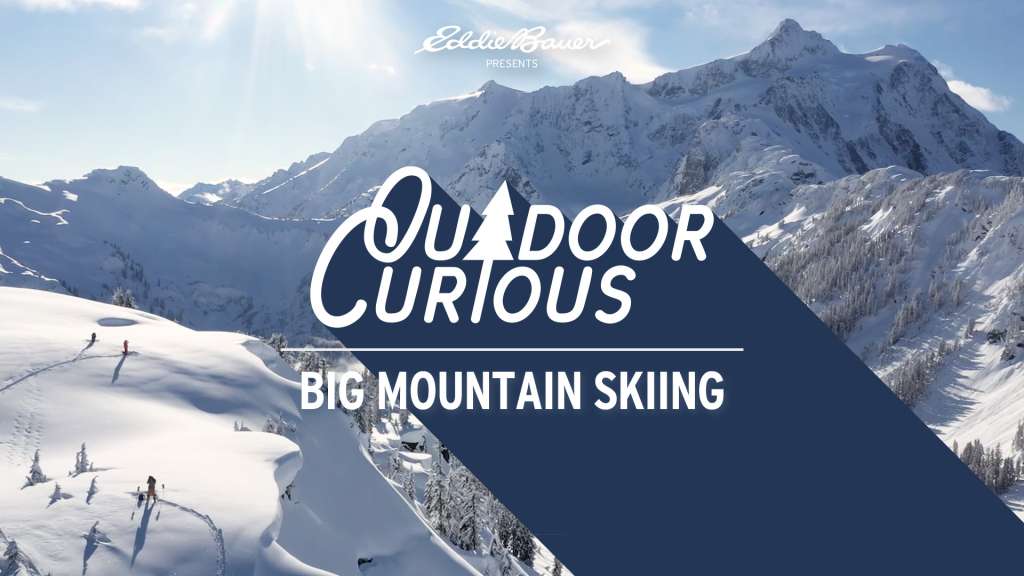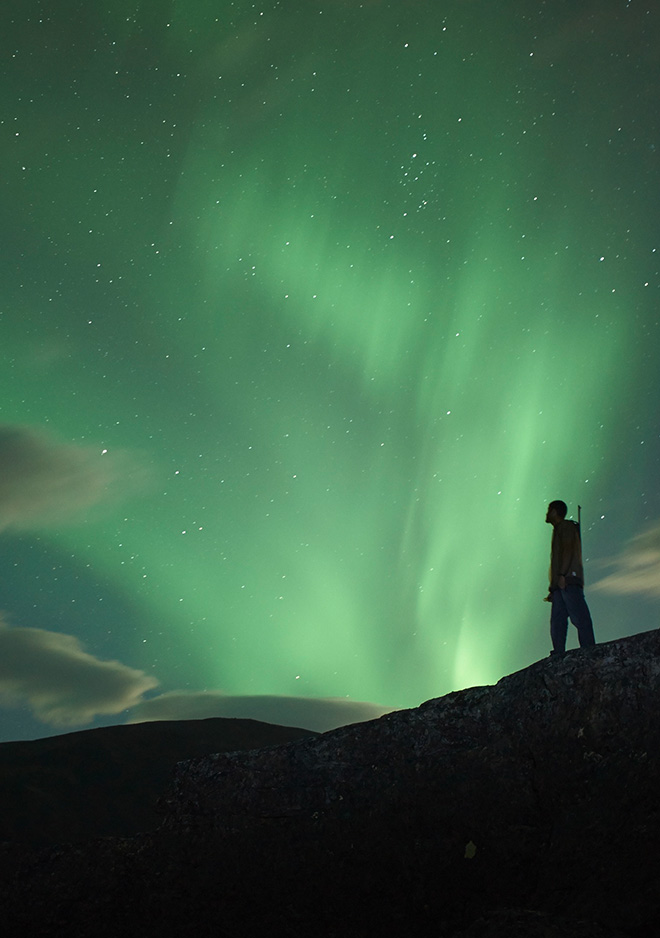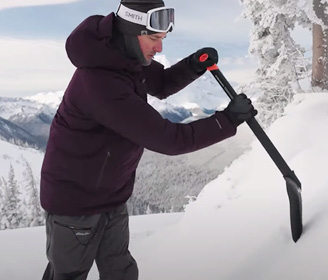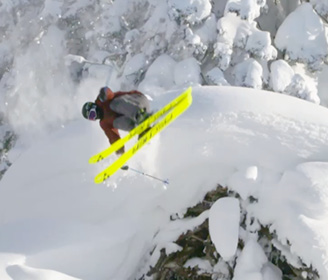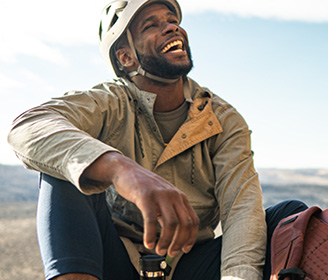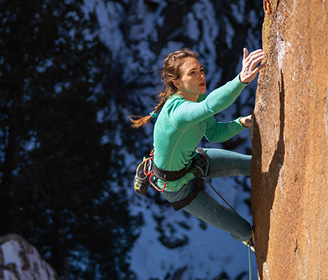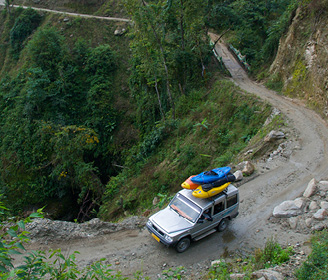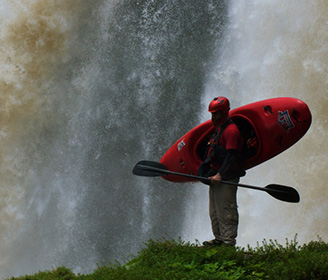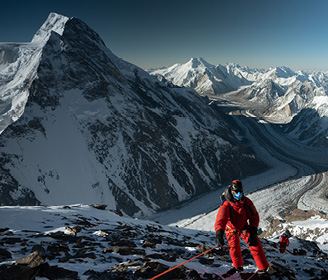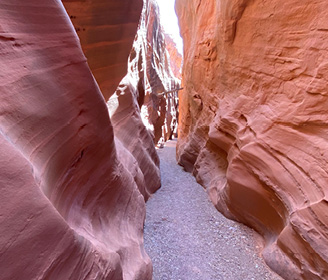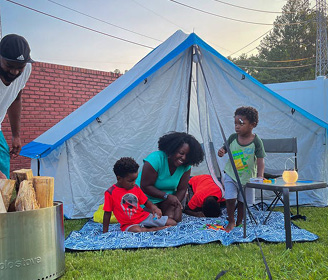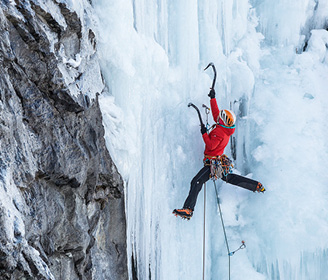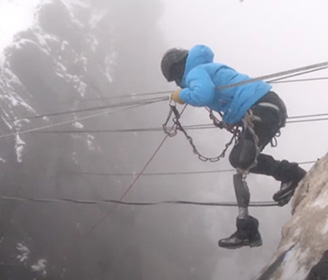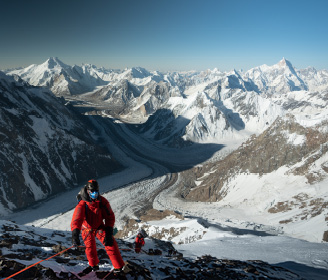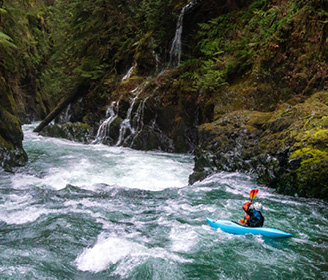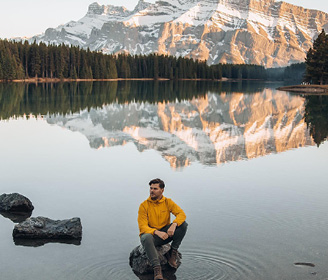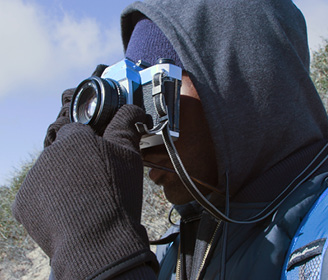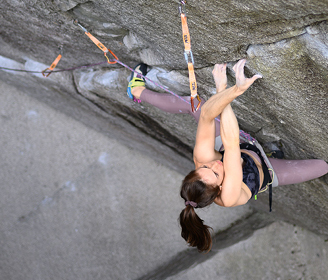Ever wonder what a damp ski is? Eddie Bauer Ski guide KC Deane is a world renowned big mountain freestyle ski athlete. He’s here to answer the internet’s most asked questions about big mountain skiing.
00:30 – What is considered big mountain skiing?
Big mountain skiing to me entails anything and everything that you get from the top of the mountain to the bottom. So that could be encountering cliffs, open powder bowls, free skiing, just pretty much anything that is long fall-line skiing. Big mountain skiing can actually be done at a ski resort, but also in the backcountry and kind of all around the world, I mean, big mountain skiing is on pretty much all seven continents.
00:55 – What is the difference between all mountain skis and big mountain skis?
They’re actually one and the same. I would say all mountain skis tackle any and all conditions. So all mountain skis are typically smaller, and I think big mountain skis would maybe be termed as powder skis. So there’s basically powder skis and all mountain skis. Powder skis are more specific to softer conditions and can tackle big mountain skiing. All mountain skis are typically smaller under the way, so that they’re easier to manage on hard conditions, but you can still ski big mountains with all types of skis.
01:28 – I’m afraid of heights. Can I go big mountain skiing?
Uh yeah, absolutely. I’m afraid of Heights. I’m a pro skier and I do what most would term big mountain skiing all the time.
01:39 – Are there small mountains?
Yeah, there are small mountains. And when I think of small mountains, you know I think of the East Coast, I think of the Midwest, and a lot of the skiers actually that come out of the East Coast, the Midwest, are really good big mountain skiers. What you learn in smaller mountains that you can put into big mountain skiing, is a technical ability, and a lot of racers, a lot of people, they’re good at edging and grow up on harder conditions on small mountains, actually excel in big mountain skiing.
02:10 – How fast do big mountain skiers go?
Well, it depends. I mean, that’s the thing, if you’re skiing a big mountain, for instance something maybe in Chamonix in France, for instance, or you’re in Alaska, sometimes, it’s very, very high consequence. And when it’s a high consequence line, you actually skied a lot slower. It really varies. If you’re in safe terrain and safe conditions, then you can open it up. You go pretty fast, 40, 50 miles an hour, or you can be skiing almost at a walking pace.
02:43 – What James Bond movie opens with skiing off the mountain?
Uh, “The Spy Who Loved Me” from Austria.
02:54 – What is the tallest skiing mountain?
Call me crazy, I think it’s Mount Everest. I know that people have skied Everest on some level, and I think 29,000 feet, but it’s a 8,000 meter peak.
03:05 – How do I start big mountain skiing?
You just learn to ski. I mean, one of the biggest things with big mountain skiing is just the basics, and that’s something that anybody can work on, and as a big mountain and as a professional skier, when I get scared on top of a line, I always remember something my dad said, which is, “Just focus on the first turn.” ‘Cause once you take the first turn, then you can focus on the second turn. And a lot of times, you can get so far in front of yourself, and you just need to bring it back and just focus on that first turn, and that first turn just comes to the basics of making a good turn and being in control.
03:43 – Is big mountain skiing dangerous?
Well, it can be, but that’s why you try and minimize the risk with knowing the avalanche conditions, and learning how to be a good skier, but being in the mountains is always dangerous. Take an avalanche course. And that’s something that I was really fortunate growing up with my dad, and he was a ski patrolman and he taught my brother and I from the age of about four on, the avalanche safety and how to understand the mountains. I think the biggest thing is this constant learning, whether you’re learning about the avalanche conditions or you’re just learning about the mountains in general, how the weather comes in and learning about crevasses and good rescue techniques, and even down to doing a simple WFR course, which is a wilderness first aid to responder, it’s a great thing to have, because if you’re in the big mountains, sometimes it’s really hard to get safety and a rescue to you and being able to help keep people stay alive, and then also just helping people in general that have been injured, is something that is uh, it is really crucial.
04:48 – How good of a skier do I need to be, before I can big mountain ski?
You should be a fairly confident intermediate skier, which is something good to work up to just in general, but, hey you wanna be pretty comfortable I feel like on black diamonds and double black diamonds. Part of that progression is just start ski touring, start hiking, start getting off the ski slopes and into the backcountry more and more, and just because you’re in the big mountain, you’re in backcountry, it doesn’t mean that you need to be extreme skiing as some people think about it. Just take a slow, safe progression and do what’s comfortable, while also pushing your boundaries a little bit.
05:26 – Do I need a guide for big mountain skiing?
It’s not essential, but it would help a lot for sure in the beginning stages because those guides have been training for years and they have lots of experience, so they can help with not just in general, but also in the local terrain that you’re going out into. And if it’s not your local terrain, then it’s really good to have a guide because if you don’t know where you’re going and what you’re doing, these guides are trained to take you out into the terrain that is basically their backyard typically.
05:56 – Tips for staying comfortable in the mountains.
I would say for one, always have an extra layer. Some people say, be bold, start cold. I like to start warm. And then I can always peel a layer off, as the day goes on. And then on top of that, one of the things I love to do to stay comfortable in the mountains is a hot thermos. For me, I love coffee, so I always take a hot coffee with me. And then sometimes I love to take soup because it can get so cold throughout the day that it’s just nice to have something to warm you up.
06:25 – How do you drop cliffs on skis?
Hopefully safely. Hm, it’s interesting because one of the best ways to drop cliffs is to stay centered or forward on my skis. And this works for me of course. Your natural instincts make you wanna shy back away from the landing, because as you come over the cliff, as you see that distance, your body instinctively seems to get scared. And when people do that, they tend to go away from the landing or the drop, and that puts you back seat, which makes it really hard to ride away. So you wanna stay centered, forward and aggressive when you’re dropping a cliff on skis. You know, it’s something that the bigger the cliff, the more experience you have. I look for a really steep landing, ’cause the steeper it is, the more transition and less impact it is on your body. When I look for something, I just look for, a really steep transition so that when you land you can match that and it’s smooth. Yeah and then just being careful. I’m really, I’m pretty picky about what I hit and when I hit stuff and the snow conditions, and you can’t just go hauling off any cliff on any day and expect to land it, you need to have deep, soft conditions with a steep landing. And so when I look at that stuff, I put all those factors into play, before I hit something.
07:47 – What is your approach for avalanche safety?
You can never know enough, just because you take a course or two courses or three courses. You know, I was just with an Eddie Bauer guide, Scott Newsome, the other day. And he, even he is almost 50 years old and he’s still learning, and he’s been in the mountains his entire life. And so I think my approach for avalanche safety is to be really humble and not get too arrogant in the mountains, because the mountains can be a really dangerous place if you don’t respect them, and I think that you can always be learning.
08:23 – Have you ever backed down from a line?
Yeah, all the time. Backing down from the line is pretty standard for me in some regards actually, and sometimes backing down from a line means I don’t even get on top of it. Sometimes the consequence is just too high.
08:39 – What’s the steepest mountain you’ve skied?
Mm, hard to say, but definitely the mountains outside Haines, Alaska, and the wilderness out there, the spines up there, and spines as it were, is a part of big mountain skiing. But spines are fluted pieces of snow that basically stick to the wall of a cliff because it’s so steep. When you look at spined-out terrain, as it would be called, you know automatically that it’s so steep, that the flutes are sometimes, it’s created by snow that’s sloughing down, it creates these fingers that you can side slip down. And so that would be the steepest mountains I’ve ever skied for sure.
09:21 – What kind of gear do I need for big mountain skiing?
You’re gonna want skis, boots, bindings, full kit of outerwear. And then you’re gonna want, an avalanche beacon is essential, as is a probe and a shovel. So those are the bare essentials. Then on top of that, you’re gonna want some skins, so you can put them on the bottom of your skis and hike up the mound, to make it easier, or snowshoes, some way to get through. Or you can actually boot pack. Boot packing is considered just hiking in the mountains with no attachments, so no snowshoes, no skins, no nothing, just out hiking in the mountains. But I think the most essential gear is of course your avalanche gear.
10:00 – Isn’t using a helicopter lazy?
One could deem it lazy, yes. However, sometimes, I use helicopters a lot, was just in a helicopter last week. It is the fastest way to get up to the mountain. I mean, the history, I guess, of using a helicopter getting in the top of the mountains is, one, for pleasure, and of course, accessing stuff, you know, for instance, the mountains in Alaska are so huge, that to get to the top, yeah, it takes an extreme amount of effort. So, maybe the helicopter would be the lazy way, but it’s also potentially the most fun way. But then on top of that, one of the cool things about a helicopter is, taking the lazy out. You know, you can use somebody, for instance, like Trevor Kennison, who’s in a wheelchair, and he can come out and experience big mountain skiing and powder skiing and the mountains that I normally hike around in. And, so the helicopter’s a really cool way to share the mountains with people as well.
10:59 – What is big mountain freeriding?
Big mountain free riding is just dropping in from the top of a mountain. Freeriding says it all. You ride freely. There is no runs, nothing is cut and you interpret the mountain as you see it, whatever cliffs or features you wanna jump off or ski around, it’s all up to you.
11:21 – Who is the best big mountain skier in the world?
Candide Thovex. To me, Candide is, has always been but is still one of the best. And he has put out incredible videos skiing on snow and on dirt. And he’s also won every contest there is to win, from X Games to the Freeride World Tour. Yeah, I mean, he’s truly an incredible skier.
11:49 – How do you land a powdered jump?
Kind of the same way that you would land a cliff. You wanna be a little bit further back when you’re in powder, ’cause the deal is if you’re too far forward, you’re gonna put your ski tips under the snow. They’re gonna sink into the powder and then you’re gonna frontflip and you’re gonna go over the front of your tips. So, when you land in powder, you actually have to be, as you’re coming in a little bit back, because it’s like landing on a cloud of air. So you wanna keep those ski tips up, but then also keep your weight pushing through the snow.
12:20 – What does a damp ski mean?
A damp ski means that the core has a denser type of wood, so it gives a heavier feel to the ski, and it’s not quite as light. What that does is, whether it’s all mountain or big mountain ski, as you get a damp ski and you’re coming through chopped up, rough terrain, that’s gonna wanna hug the snow a little bit more and feel a little bit heavier under your feet.
12:43 – Have you ever skied down backwards?
Yes I have. That would also be be deemed skiing switch, as it would be called. You would intentionally ski backwards if you are landing switch. So if you do, for instance, a 180, 540, 900, all these rotations, you would be landing backwards. Or if you want to take off for instance, and you would be taking off backwards or switch and doing a switch 180. So any trick, you can do switch. So even a switch 360, for example, taking off switch, doing a 360, and then landing switch and riding out. So, these are the type of situations, and typically in big mountain skiing, you would not be riding switch.
13:28 – How the heck do you know how to flip?
For me, trampolines, gymnastics, I learned how to flip off the snow before I flipped on the snow. Once you start doing flips on say a trampoline, or into a foam pit and in a controlled scenario, for me, I’d like to think about how much airtime I’m gonna have, and just years and years enough experience, I’ve now learned how to change my rotation based on the take off, and then bring my feet underneath me. And I think the best way for people to learn how to flip, is to flip off skis, before they do it on snow.
14:06 – How do I get better at skiing fast?
You know, the funny thing about skiing fast, is get good at skiing slow, slow is fast. And what that means is, as you get your technique better and better and better skiing in slow scenarios, even if it’s on a groomer for instance, and you’re on your local ski slope, the better that you can ski at slow speeds, the easier it is to add more speed in because your technique is really dialed.
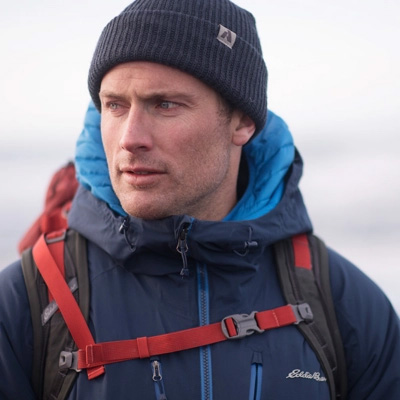
KC DEANE
Eddie Bauer Ski Guide
From his early slopestyle days at Schweitzer Mountain, ID, KC Deane was hooked on the global images he discovered in ski movies and ski magazines. He honed his freestyle skills on the competitive circuit, elevated to pro status in Lake Tahoe, and survived a major spinal injury to then shift focus to the deep snow of the backcountry. On this blank creative canvas, Deane has filmed freestyle-influenced, heavy-line ski segments for the Poor Boyz and Level 1 Productions movies among others.

